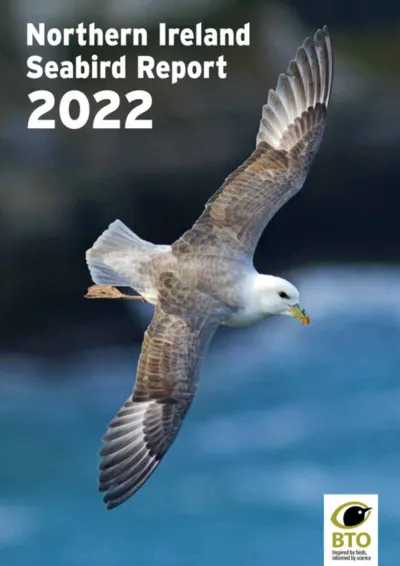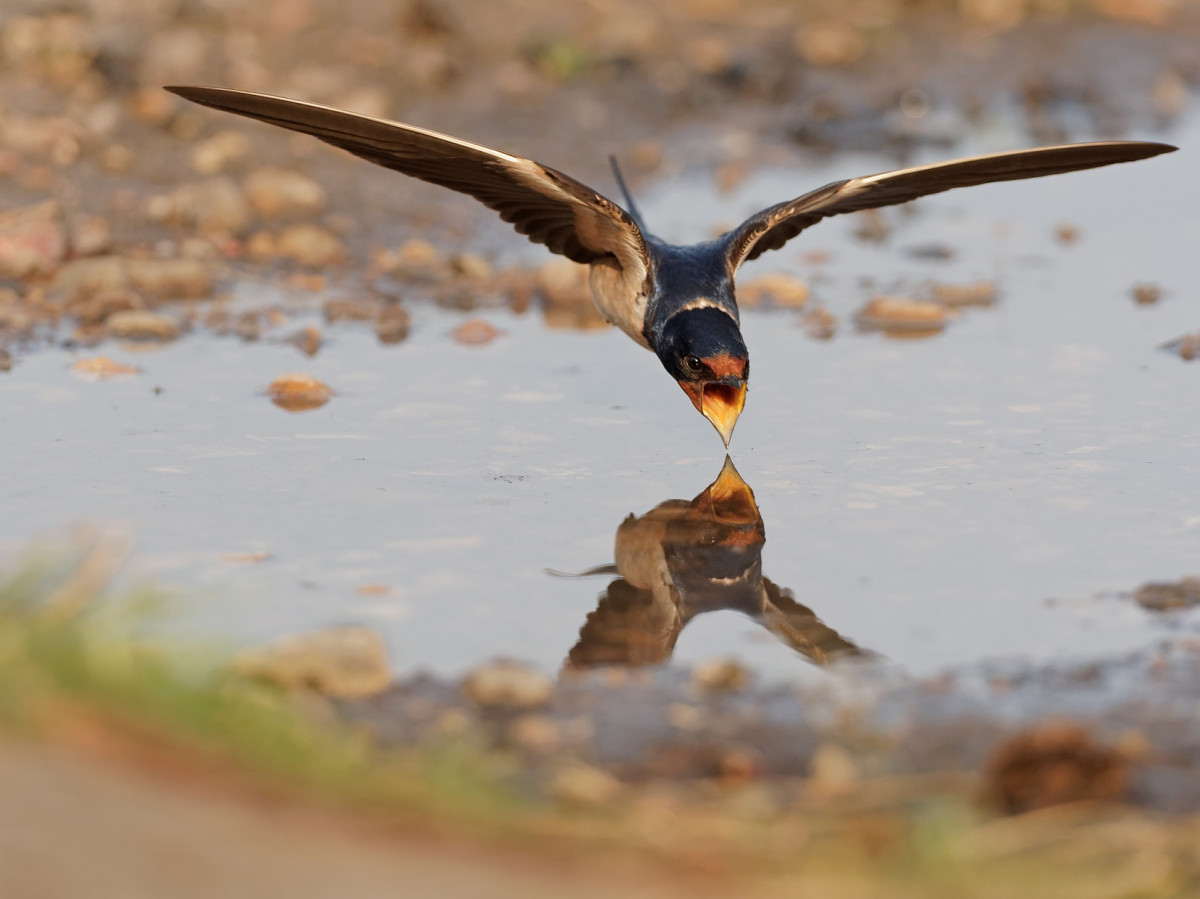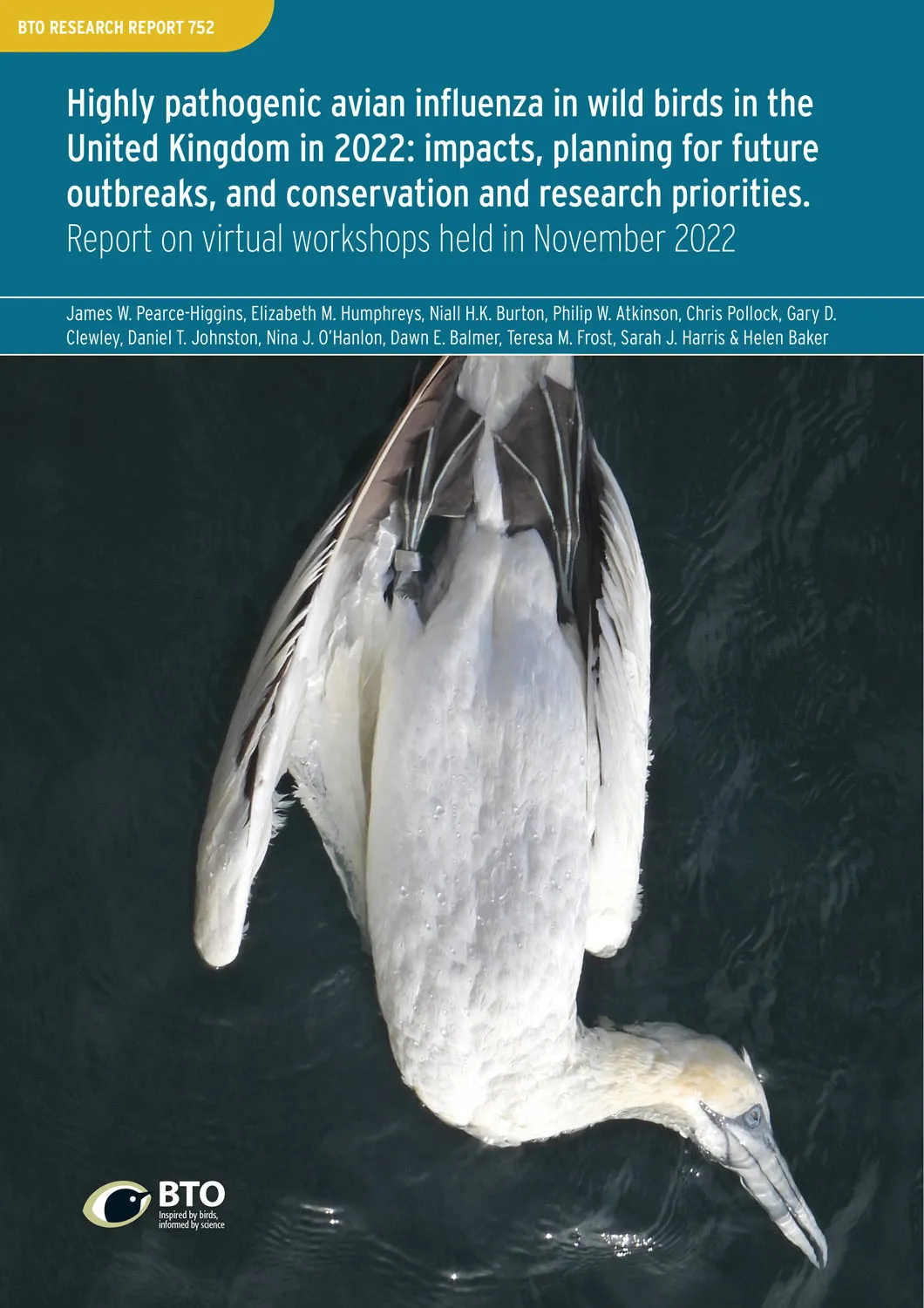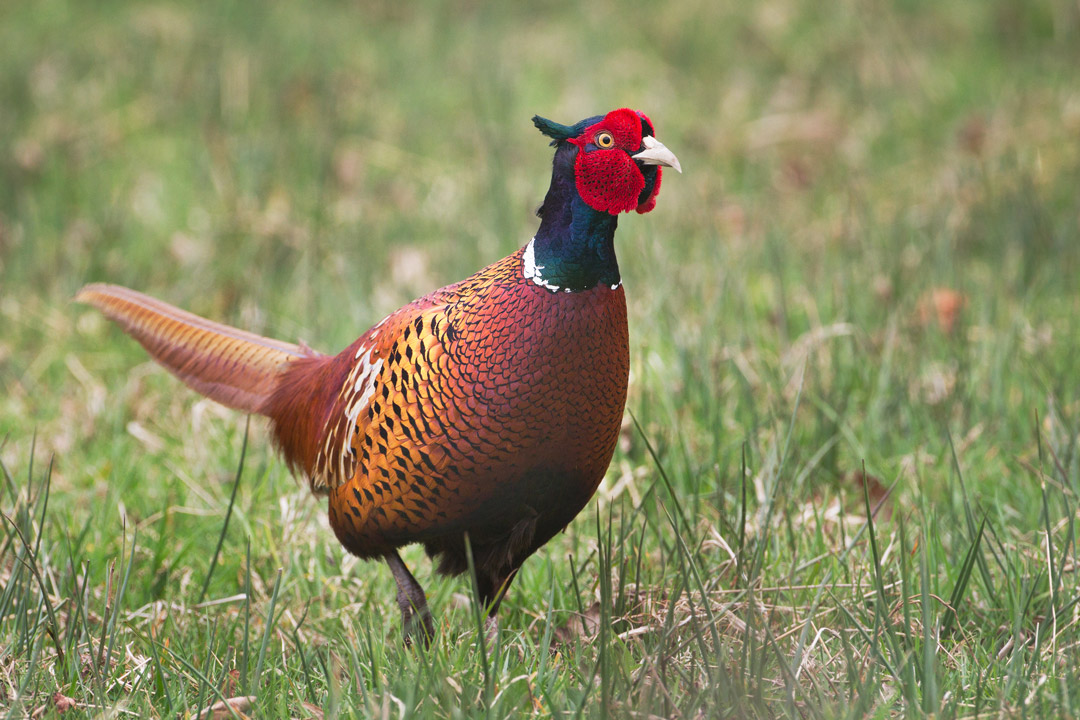BTO Research Reports are scientific papers that have been self-published by the BTO. The following is a full list of the published BTO research reports. Most are free to download, and links to Abstracts are included where possible.
Numbers missing from the list are those allocated but which were never produced or which have not been published. BTO recognises that, particularly in respect of commercially sensitive cases, a period of confidentiality is appropriate for some projects. However, in the interests of scientific development and dissemination of information, we encourage clients to permit publication as soon as it is reasonable to do so.
- If you wish to purchase a physical copy of a report please contact researchreports@bto.org.
- More information about our Annual Service reports to JNCC 1992-2005.
Assessment of recent Hen Harrier population trends in England through population modelling
This study uses a population modelling approach to explore the effects of changes in rates of productivity, survival, and settlement on population growth in the English population of Hen Harriers.

Search
A niche-based approach for evaluating the mechanisms of community stability in butterfly communities across three countries
Author: Evans, L.C., Melero, Y., Schmucki, S., Boersch-Supan, P.H., Brotons, L., Fontaine, C., Jiguet, F., Kuussaari, M., Massimino, D., Robinson, R.A., Roy, D.B., Schweiger, O., Settele, J., Stefanescu, C., van Turnhout, C.A.M. & Oliver, T.H.
Published: 2023
The stability of ecological communities has important consequences for the functioning of ecosystems, and several different mechanisms have been linked to delivering that stability. It has been shown, for example, that the stability of the species’ populations present within the community, together with the degree of synchrony that exists between them, can influence overall community stability. Larger populations tend to be more stable than smaller populations because they typically have greater genetic diversity and more capacity to adjust to environmental changes through natural selection, while populations situated closer to the middle of their preferred environmental niche tend to be more stable than those located at the margins. This study sought to identify which of these mechanisms was more important.
16.03.23
Papers

Northern Ireland Seabird Report 2022
Author: Booth Jones, K.
Published: 2023
The 10th NI Seabird Report charts the fortunes of Northern Ireland's breeding seabird species and sheds light on the initial impact of avian influenza.
15.03.23
Reports Northern Ireland Seabird Report

Aerial insect biomass, but not phenological mismatch, is associated with chick survival of an insectivorous bird
Author: Martay, B., Leech, D.I., Shortall, C.R., Bell, J.R., Thackeray, S.J., Hemming, D.L. & Pearce-Higgins, J.W
Published: 2023
Many insect-eating birds are declining but it's hard to find data that can test whether insect declines are driving these losses. Understanding the relationships between insect populations, their avian predators and the effects of a changing climate, is an important part of identifying the reasons behind changes in bird populations. This paper uses nearly 30 years of data on aerial insect abundance and Swallow numbers and breeding success to explore these relationships.
03.03.23
Papers

Highly pathogenic avian influenza in wild birds in the United Kingdom in 2022: impacts, planning for future outbreaks, and conservation and research priorities.
Author: Pearce-Higgins, J.W., Humphreys, E.M., Burton, N.H.K., Atkinson, P.W., Pollock, C., Clewley, G.D., Johnston, D.T., O’Hanlon, N.J., Balmer, D.E., Frost, T.M., Harris S.J. & Baker, H.
Published: 2023
The Joint Nature Conservation Committee (JNCC) and BTO organised a virtual workshop to develop thinking to support ongoing efforts to manage the highly pathogenic avian influenza (HPAI) outbreak, and to consider longer-term evidence requirements to enable positive conservation actions and species recovery. The HPAI workshop report includes discussions about the impacts of the disease, planning for future outbreaks, and conservation and research priorities.
02.03.23
Reports Research reports

Limited effectiveness of actions intended to achieve a voluntary transition from the use of lead to non-lead shotgun ammunition for hunting in Britain
Author: Green, R.E., Taggart, M.A., Pain, D.J., Clark, N.A., Clewley, L., Cromie, R., Green, R.M.W., Guiu, M., Huntley, B., Huntley, J., Leslie, R., Porter, R., Roberts, J., Robinson, J.A., Robinson, R.A., Sheldon, R., Smith, K.W., Smith, L., Spencer, J. & Stroud, D.
Published: 2023
The SHOT-SWITCH project was set up to monitor the effectiveness of voluntary initiatives to move away from the use of lead shot in game shooting. In the study’s third season, reported here, 94% of Pheasants sampled had been killed using lead ammunition, a slightly but significantly smaller proportion than in the preceding two seasons. There is currently no evidence that voluntary initiatives to promote the replacement of lead with non-lead ammunition by suppliers and retailers of wild-shot game are working.
01.03.23
Papers
